Gateway 3
USING DATA TO PLAN AND IMPROVE
ABOUT GATEWAY 3
SUBMISSION REQUIREMENTS
Gateway 3 evaluates whether or not PL providers have an evaluation model in place to consistently improve their PL services using a model based on Thomas Guskey’s Five Levels of Professional Development Evaluation Framework.
Specifically, Gateway 3 ensures PL providers:
- Evaluate the effectiveness of both their PL services and individual coaches/facilitators;
- Use those data to improve their services and
- Have systems and processes for learning about client goals, resources, and requirements and for hiring and training facilitators and coaches.
Each provider must submit one Gateway 3 template that proves that they collect and use data to plan for, evaluate, and improve their services. PL providers who pass Gateway 3 (after already passing Gateways 1 and 2) will have information about their organizations featured in the Professional Learning Partner Guide.
Templates are scored against the indicators below to determine whether or not a provider has passed the gateway.
Total Indicators: 5 | Minimum Passing Score: 7 out of 10 points
2 points:
1 point:
0 points:
| |
Sample Evidence Collection Reviewers look for and record:
|
2 points:
1 point:
0 points:
| |
Sample Evidence Collection Reviewers look for and record:
|
2 points:
1 point:
0 points:
| |
Sample Evidence Collection Reviewers look for and record:
|
2 points:
1 point:
0 points:
| |
Sample Evidence Collection Reviewers look for and record:
|
Scoring (0, 1, or 2 points) 2 points:
1 point:
0 points:
| |
Sample Evidence Collection Reviewers look for and record:
|

